Are you trying hard to find the heating element on your Kenmore Dryer? We found the answer to your question.
The Kenmore Dryer's heating element is located at the back panel. Simply turn off the unit and move the dryer away from the wall, then unscrew the back panel to open it. You should find the metal component usually on the right side.
This time, we'll figure out the purpose of a Kenmore Dryer's heating element. We'll talk about the important things you should keep in mind to use the dryer more efficiently. Of course, there are more topics we should learn about. So, join us in reading!
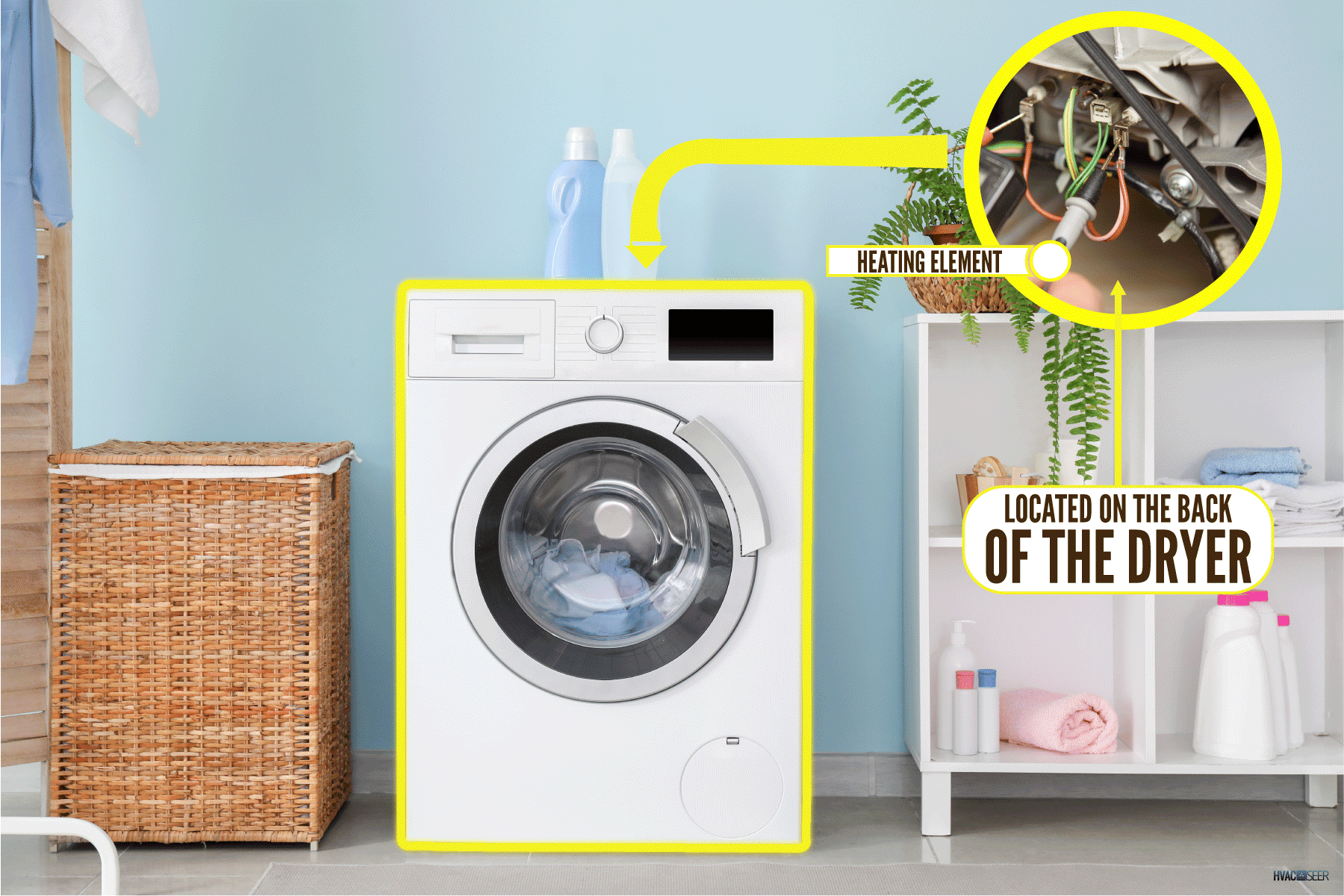
Where Is the Heating Element on A Kenmore Dryer
Kenmore has a product line covering household appliances, such as dryers. A Kenmore Dryer includes a heating element that increases the temperature, allowing the clothes to dry faster. You can find the element on the unit's back panel.
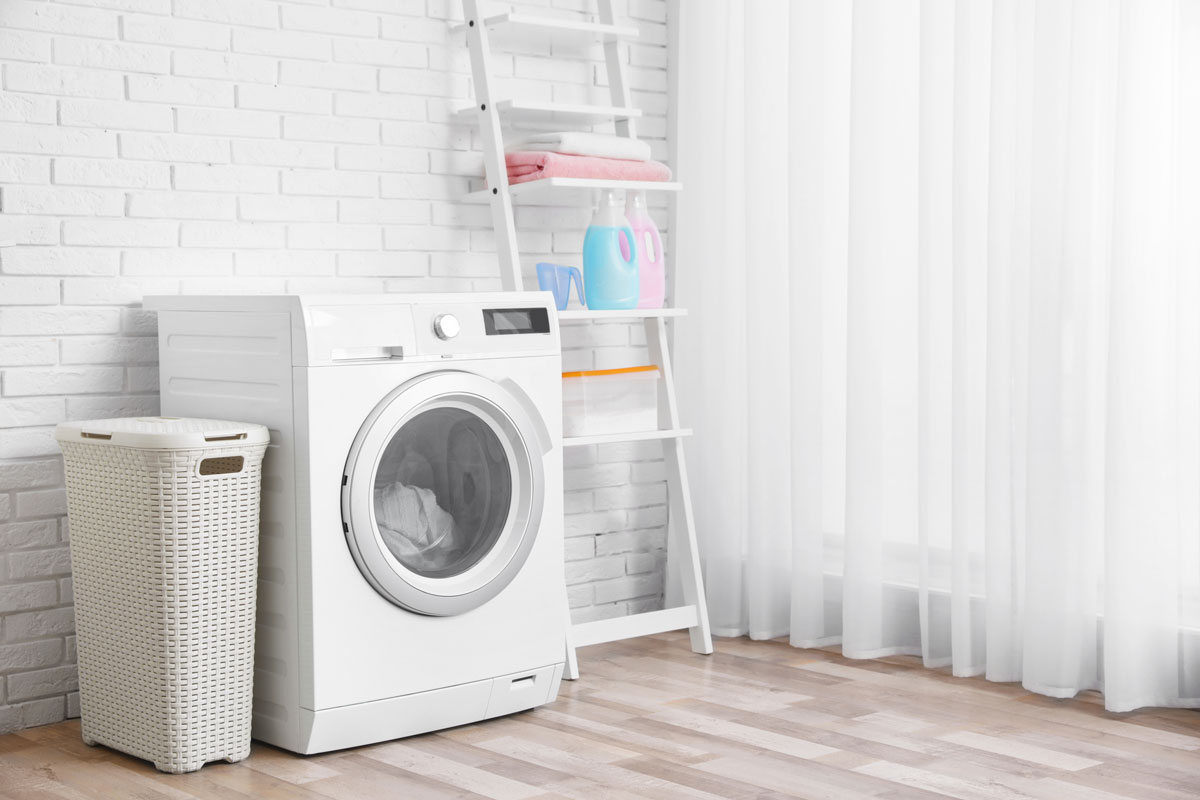
Remember to turn off the unit before accessing the back panel. Then unscrew the back panel, and you'll find the heating element on the right side. It's made of metal and is rectangular.
What's the Purpose of the Heating Element?
The heating element in Kenmore Dryer helps heat the metallic plate by consuming electrical energy. Once the metal absorbs sufficient heat, it will transfer the heat into the clothes you put inside. As a result, your clothes will dry faster.
Compare this feature to a regular dryer without a heating element. The clothes would stay wet after a few minutes of spinning them inside the dryer. So, you would need to wait for hours to completely dry your clothes. However, this doesn't eliminate the ability of some regular dryers to dry clothes fast.
Why Kenmore Dryer Doesn't Heat Up?
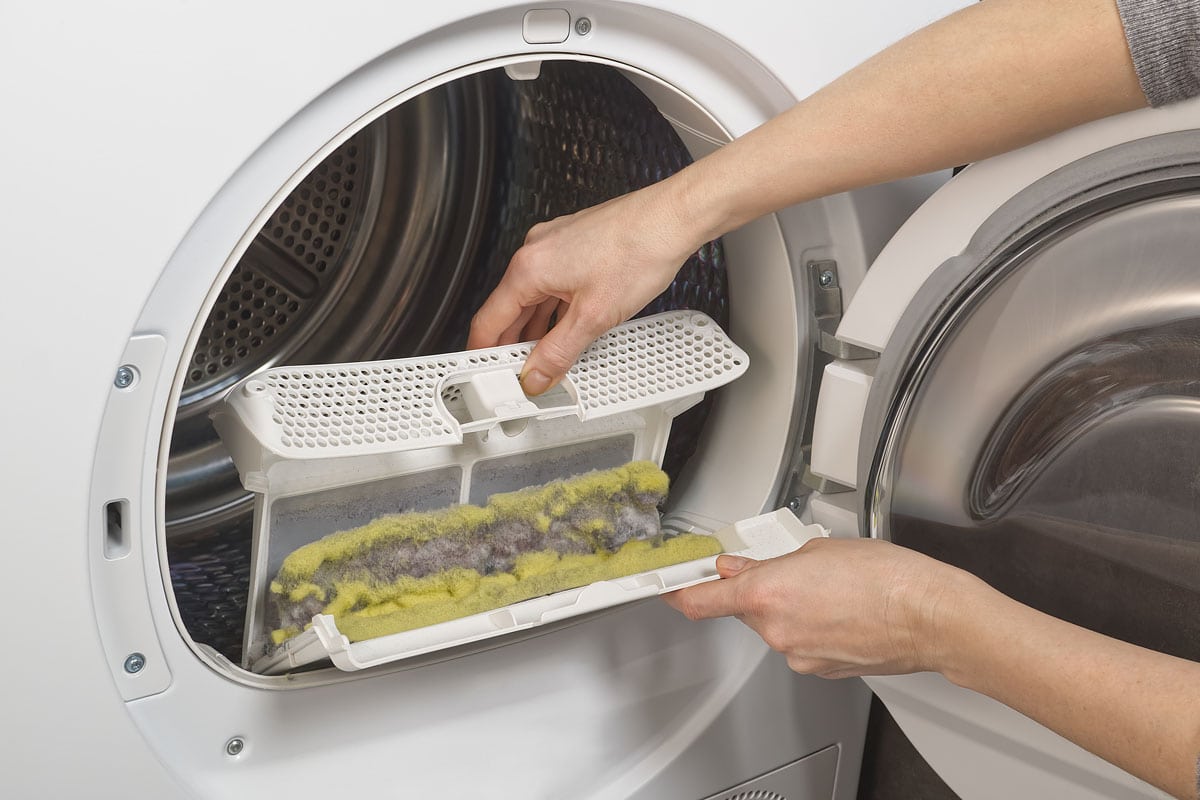
In case the heating element doesn't work, you probably want to inspect it first before you conclude that it needs replacement.
It's crucial to understand the components of a Kenmore Dryer so that you can find out how to resolve its issues. Check below some possible reasons why the unit doesn't heat up.
Blocked or Dirty Vent
The dryer may not heat up due to a blocked vent caused by too much dirt from drying clothes. Cleaning the dryer more frequently can help fix this problem. So, follow the steps below on how to clean the unit's vent.
- Pour some water into the dryer, then set it to drain.
- Make sure there are no clothes inside.
- Turn the unit off.
- Find the lint guard usually at the top of the unit near the back panel.
- Clean or replace the lint guard before putting it back.
- Now, find the vent cover at the unit's front panel and unscrew it.
- Use a handheld vacuum cleaner to suck off the dirt.
- You can also vacuum the interior of the unit.
- Put the vent cover back in place.
- Turn the unit on to test it.
Blown Fuse
Kenmore Dryer has a thermal fuse, but the unit will not heat up if the fuse is blown. You'll want to inspect the fuse with the steps below:
- Turn the unit off and unplug it.
- Find the thermal fuse, usually on the exhaust duct, depending on the model.
- Remove the fuse cover, then use a multimeter to test the fuse by pointing its needle.
- See if the needle will move, indicating that the fuse is working. Otherwise, the fuse is defective or blown.
- To replace the fuse, wear gloves and detach the wires.
- Unscrew and pull the blown fuse out.
- Wipe the fuse bracket to remove the dirt.
- Connect the new fuse of the same size and type depending on the unit model.
- Put back the cover.
- Turn the unit on and start it.
Take a look at this video:
Gas Valve Issue
The gas valve in Kenmore Dryer is composed of coils that transmit continuous heat into the system. The defective gas valve will not heat the coils. You should consult an HVAC technician if you plan to replace the coils. However, you can see the steps below:
- Wear your protective gloves, then turn off the gas valve.
- Remove the lint screen from the top panel.
- Unscrew the lint screen housing, then lift the dryer's top cover.
- Detach the door switch harness.
- Open the front panel, then remove the coils.
- Attach the new coils, then secure the screws.
- Reassemble the front and top panels before testing the dryer.
See this short video for visuals:
Is the Heating Element Part of the Warranty?
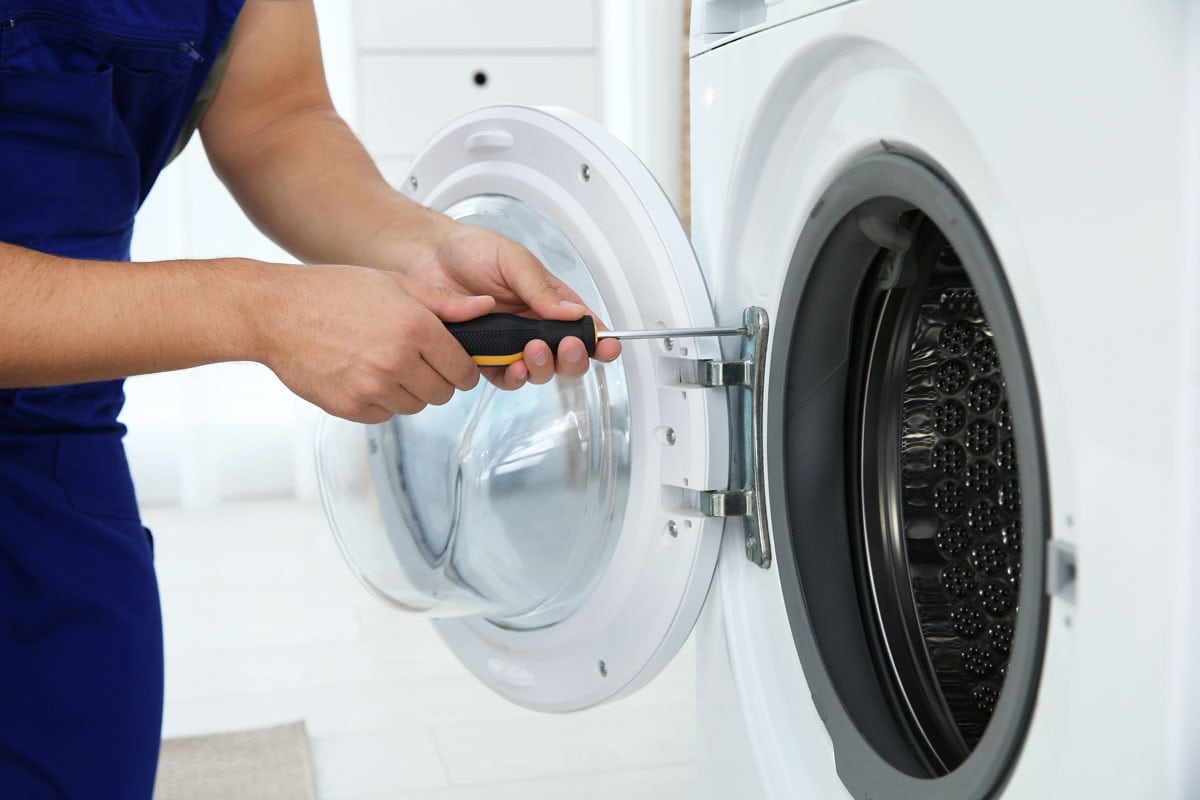
Kenmore offers one year of warranty for their dryers, mainly covering manufacturing or workmanship defects on parts such as the heating element. A Kenmore personnel will verify the defect to see that the cause of failure is not the fault of the unit owner.
Otherwise, defects due to wrong or inappropriate usage, as well as repairing without permission will void the warranty. So, it's best to talk to your manufacturer to review the warranty details.
How to Replace the Heating Element in a Kenmore Dryer
Now, if you tried to troubleshoot the Kenmore Dryer and the heating element still doesn't work, then you might need to replace it.
Ensure that you read the specifications of the heating element, so that it will suit your unit.
See this heating element on Amazon.
Simply refer to the steps below:
- Wear gloves and unplug the dryer.
- Unscrew the back panel.
- Remove the heating element on the right side by disconnecting the wires.
- There's a high-limit thermostat attached to the existing heating element. Simply remove it with a wrench.
- Transfer the high-limit thermostat into the new heating element.
- Put the new heating element into the panel, then connect the wires.
- Close the back panel with screws.
- Plug in the dryer to test it.
Watch a demonstration here:
How to Operate the Kenmore Dryer
It's relevant that you how how to properly operate the Kenmore Dryer. Check below the steps:
- Collect the clothes into a bucket. You'll want to wring them first to minimize the amount of water.
- Put the wet clothes inside the dryer.
- Close the dryer, then turn on the unit.
- Twist the large button to switch to different options.
- Press the" TEMPERATURE" button to select from low to max.
- Press the "DRY" button to choose from extra dry, normal, and low.
- Set the timer by twisting the button.
- After selecting the options you want, you can now press the "START" button to let the dryer do its work.
Watch here a video for a demonstration:
What Is the Weight Capacity of Kenmore Dryer?
Depending on the model, Kenmore Dryer can carry six cubic feet or higher. It's important that you follow the capacity recommendation to avoid damages to the unit. Overloading the dryer can affect its operating performance.
Reasons the Dryer Is Overheating
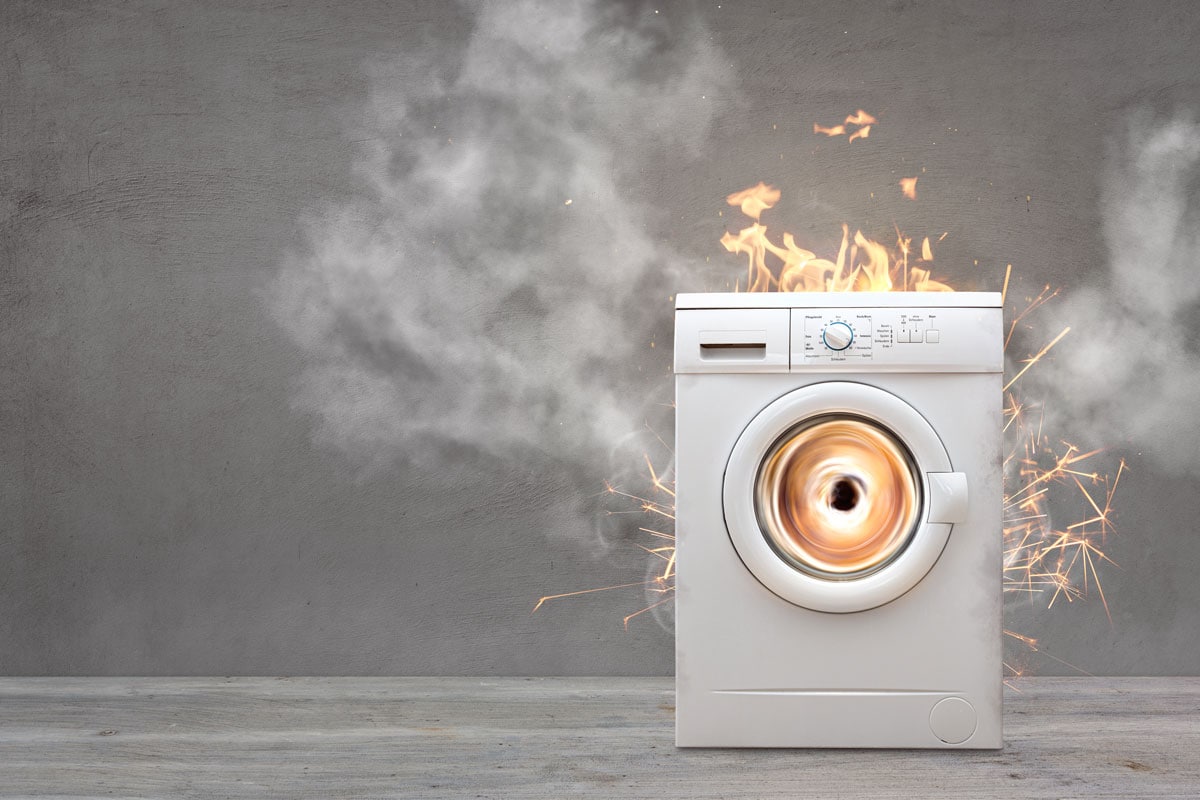
It's significant to know when the dryer is overheating, as you may not notice this happening on the first glance. Refer to the possible reasons below and how to deal with them.
Restricted Airflow
There should be no obstacles in the exhaust vent causing the air not to flow properly. Otherwise, this can trigger an overheating. You'll want to clean the exhaust vent to allow consistent exit of the hot air from the system.
Faulty High-Limit Thermostat
A high-limit thermostat is set to withstand heat that will exceed 180 degrees Fahrenheit or higher. Its purpose is to cut the transfer of heat to prevent overheating. But if it's broken, then the dryer's temperature will rapidly go hotter.
In this case, the high-limit thermostat might need a replacement. Consider asking a professional to check the unit further before replacing the high-limit thermostat.
Faulty Wires
You should ensure that there are no loose wirings, and that you plug the unit into the right voltage capacity. It's best to inspect the wires before you use the dryer.
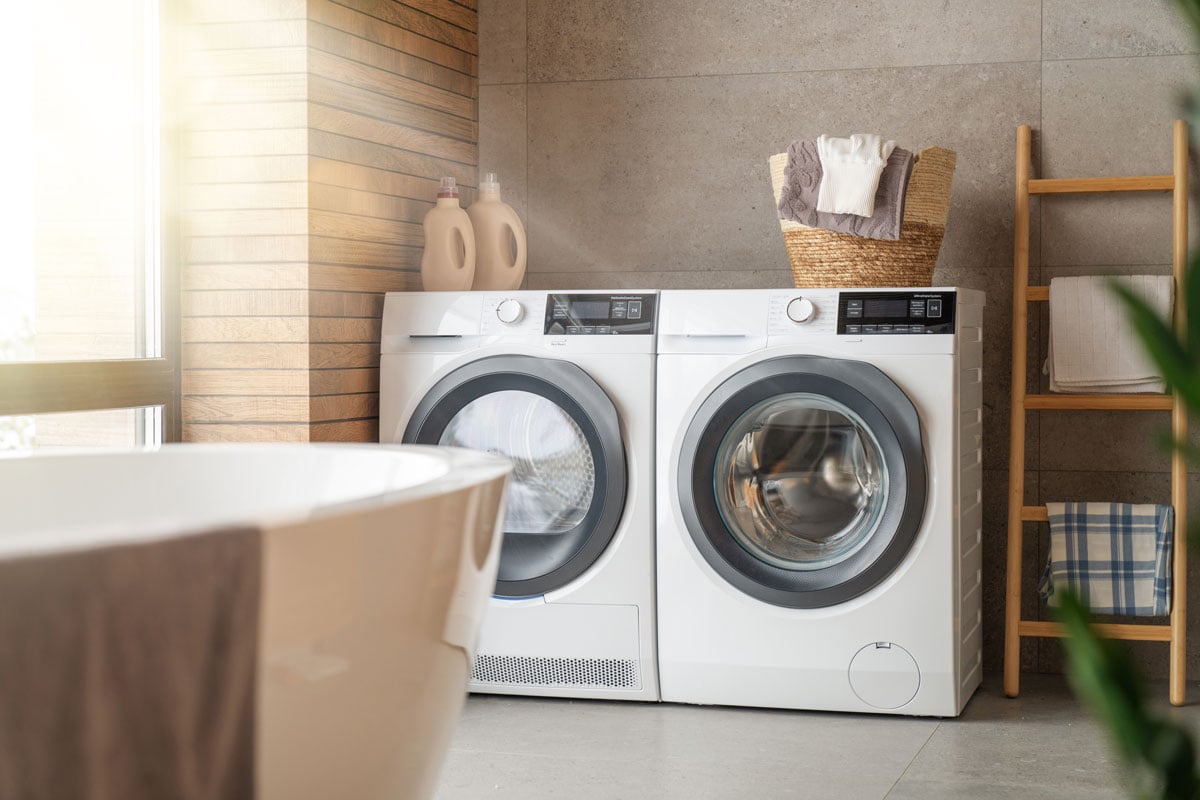
Kenmore Gas Vs. Electric Dryer
One main difference between the two is the plug. The gas dryer requires 110 volts of power, while the electric dryer needs 240 volts. If you look at the prong, the gas dryer uses three prongs while the electric dryer varies from three to four.
Another difference is the cord behind the unit. Gas dryer has a single cord and a stainless connector at the back panel, while electric dryer has one cord only.
Conclusion
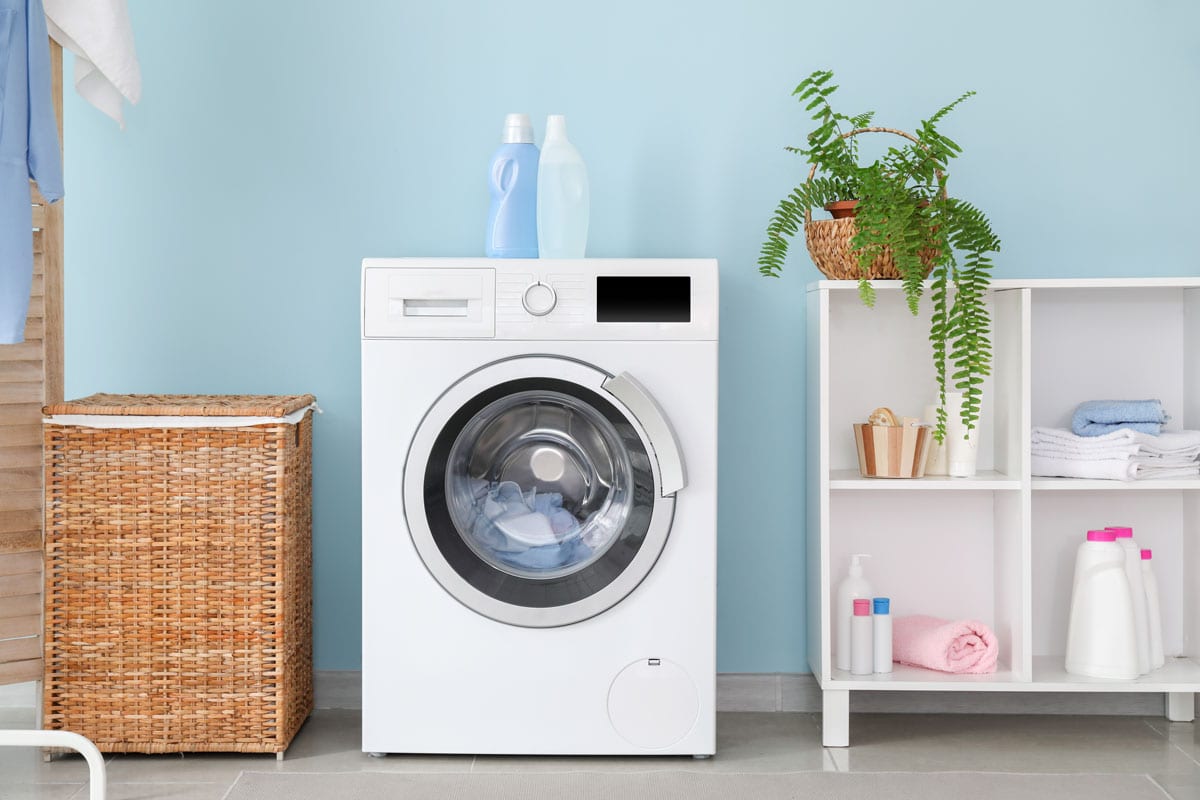
We really learned a lot in this article, in which we figured out that the Kenmore Dryer's heating element is on the right side inside the back panel. We then discussed some relevant matters such as troubleshooting the dryer and possible problems you may encounter.
Want more to read? We know you'll love to read more here:
How To Set Timer On Delonghi Ceramic Heater [Step By Step Guide]
How To Reset A Winix Air Purifier Filter Light [Quickly And Easily]

